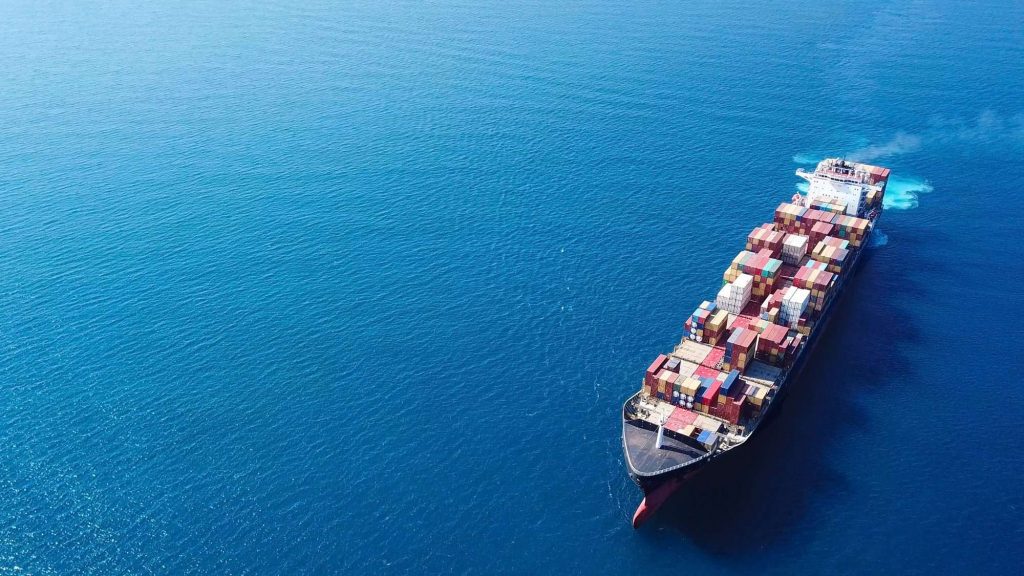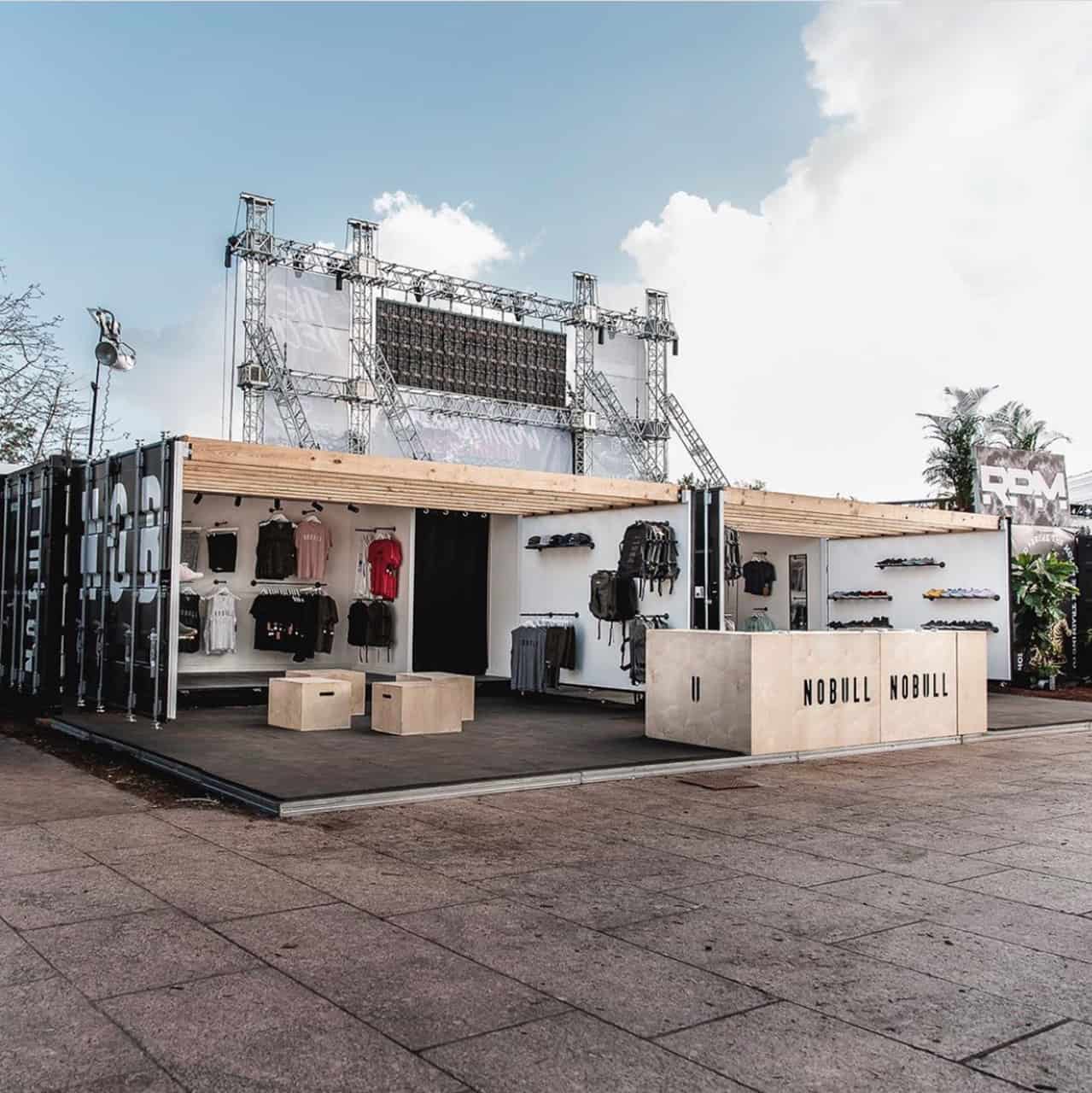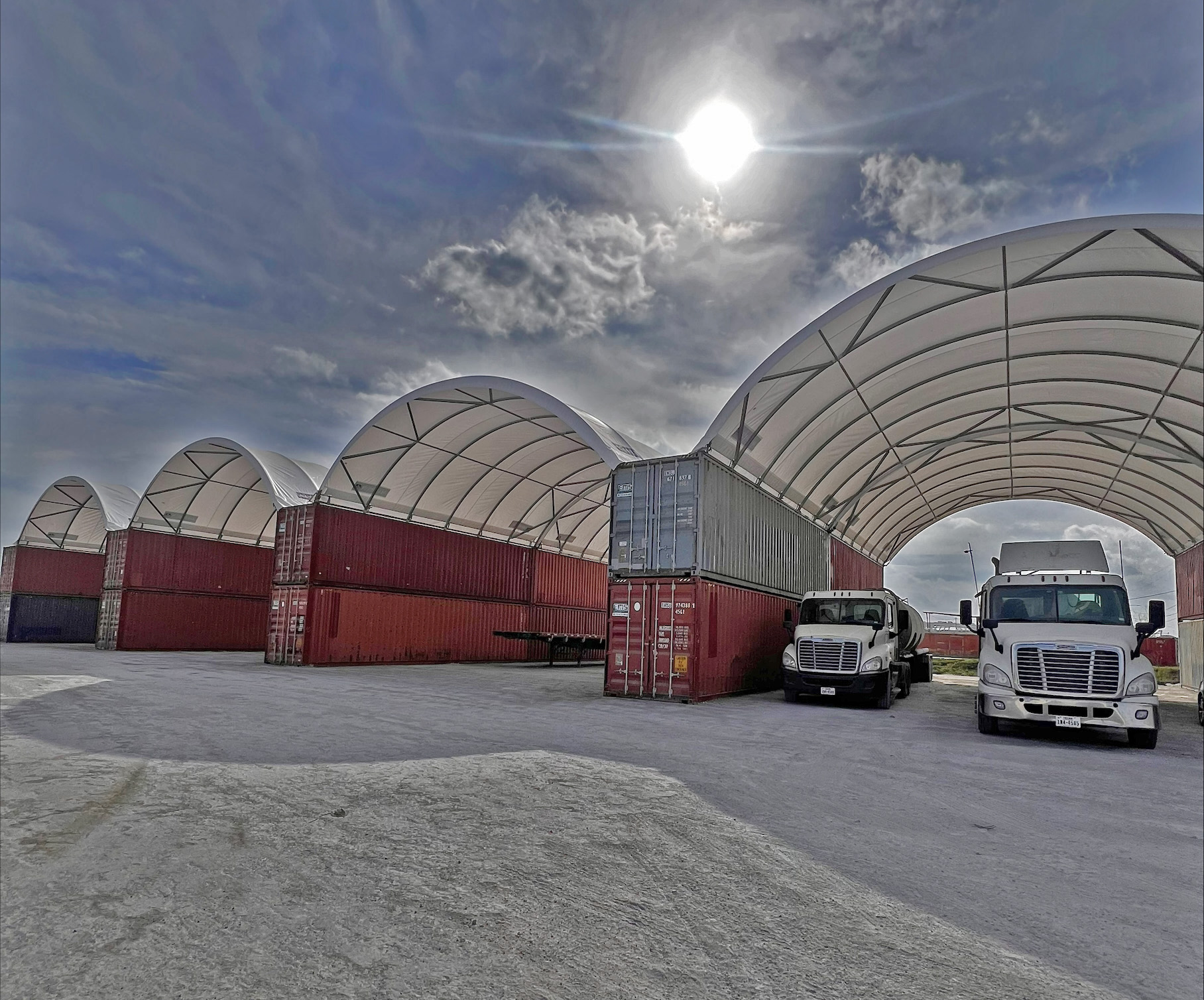Thanks to shipping containers, international trade is made infinitely easier. Here in Texas, there are 29 ports of entry that are helping to generate $650 billion in trade each year. The port here in Houston is the nerve center to one of the nation’s busiest waterways. This one port alone handles so much tonnage of cargo shipped by ocean freight that it ranks 15th in the country.
None of this would be possible though without the use of sea containers. We’ve put together the definitive guide on these containers that are so essential.
Types of Sea Containers
There are 8 different styles of containers that are used for ocean shipping. The one you choose will depend on what your cargo is.
Standard Container
These containers are completely enclosed on all sides. At one of the short ends, there are two large doors. There are two standard sizes, a 20 foot and a 40-foot length. These containers work well for any dry cargo. Anything that is in boxes, bags, or on pallets work well in these containers.
Hardtop Container
A hardtop container is almost identical to a standard container. The main difference is that the top is designed to be removable. This is extremely helpful for when you have heavy cargo you need to load. A crane can lift the cargo up, over, and in. These containers also come in 20 and 40-foot lengths.
Open Top Container
Think of a standard container and take the top off. These containers will typically have a tarpaulin roof. Then the door frame will disconnect and swing out. These containers work well for items that need to be dropped into a container. But they may not be the best choice for over-sized items that interfere with the stabilizer bars.
Ventilated Container
Some cargo requires ventilation, that is where these containers come in. They look exactly like a standard container, except they have openings at the top and bottom. This allows for air to flow.
Insulated Container
Insulated containers are a standard container with Polyurethane foam on the walls. This helps maintain the temperature inside the container. You may also find that there is a “clip on” unit for ventilating. If your cargo needs to be kept at a constant temperature then this is a smart choice.
Reefer Container
If you need more serious temperature control or refrigeration then you need to consider a reefer. These are refrigerated containers. Just like the insulated version, their walls are lined with Polyurethane foam. The difference is that they have powerful compressors built in. This will keep the internal temperature at or below freezing. If your cargo is temperature sensitive such as produce or white wine, then regulation of the container environment is vital to maintaining product quality.
Platform Container
If all you need is a base then a platform container is the way to go. They are typically a steel frame with wood flooring. Over-sized cargo works best when transported on platform containers. You just need to ensure that anything you transport is secured to the platform.
Flat Rack Container
These containers are kind of like a very large pallet. There is no ceiling or walls on the long sides. The walls on the short ends are collapsible. They also typically have a wood floor. If you need to ship bulky or over-sides cargo then you need a flat rack. If you pack them correctly, you can have them stacked on top of each other.
Ocean Container Construction
Any sea shipping container that is worth its salt will be made of steel. It’s strong enough for stacking many containers on top of each other. It also is corrosion resistant which is vital for the harsh salt air. That durability also makes them a great building material for a home or office. Their structural design of beams and sheets of metal give them the internal strength to withstand the weather elements here in Texas and across the country.
Sea Containers vs. Storage Containers
If you intend to use your containers for shipping overseas then you need to make sure they are ISO certified seaworthy. There should be a plate on the container that states its approval for transport. Buy the wrong type of container and your shipment will get rejected at the port. This will cause you to incur all kinds of extra fees.
Containers that are intended only for storage are not of the same quality and durability. These containers are only made to be watertight.
You will also find that storage containers are modified to fit their intended purpose. They can be cut to any length, have the doors moved, or add extra doors.
Ocean Containers for Building Construction
Steel containers may be durable, but they have a useful lifespan. Often times they are retired at ports where there tend to be more imports than exports.
Ports in the west are an example of this. The ports here in Texas handle 22 percent of all US port tonnage. So there are a lot of containers coming through.
If you are looking for a discount, you may be able to find a used shipping container to incorporate into your building. Just know that these containers will have wear and tear to them.
Purchase an Ocean Container Today
If you are in need of a container for your cargo the first thing you need to think about is what special needs your cargo has. Take into consideration if it is especially heavy or large. Also, think about if it needs temperature control of some sort.
If you are looking to build with your sea containers you may not need to go all out with a certified one. Or you could look for one that is no longer used in ocean freight.
Whatever your container needs, the best thing to do is speak to an expert. They can help you select the right container.
Contact us today and we can help you find the right sea contai










